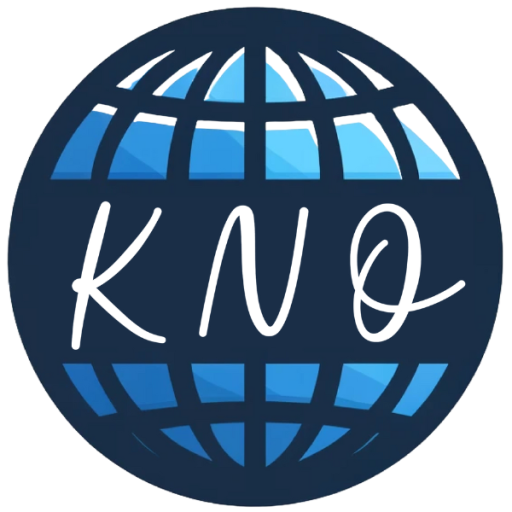Creativity in Entrepreneurship
Creativity in entrepreneurship requires building a snowman anywhere in the world that will last at least 24 hours. If you can, you have what it takes to be a successful entrepreneur.
Building a snowman is straightforward when it’s below freezing, and there is moist snow on the ground. All you need are warm clothes, gloves, and a bit of dexterity. You roll snow into large balls, stack one on top of the other, and add a hat, scarf, some buttons, and maybe a carrot for a nose. Voilà, you’ve created a classic snowman!
It’s a simple, almost intuitive process that doesn’t require much more than following familiar steps. There are no hidden secrets because these are the same steps your parents and grandparents followed.
But what if you’re in the desert, where it’s hot and there’s no snow for miles? You’ll need ingenuity and a fresh perspective to build a snowman here.
You can’t use real snow because it will melt, but you can still create something that captures the essence of a snowman. Maybe you can use sand or other materials to create a snowman-like figure. You could decorate it with desert-appropriate items like sun hats, sunglasses, and perhaps even a scarf made of local fabric. Then, you can market it as a “desert snowman” and present it as a fun, creative twist on a classic idea.
Creativity in Entrepreneurship Requires Turning Challenges into Innovations
This analogy goes beyond just building a snowman. It illustrates how successful entrepreneurs approach product creation. Just as you need creativity and resourcefulness to build a snowman in the desert, you need to think outside the box to create innovative products that solve problems.
While you might have a winning idea immediately, you may need time to develop a viable product idea. The easiest place for me to start product creation is with my own struggles. I know I’m not the only one facing a specific issue, and if I can solve my problem or lessen the pain it causes, I know it may help others, too. Even if a solution already exists, there’s the potential that I may be able to improve upon it and make it better.
Identify Unique Needs
To create a product that truly resonates with your audience, you must identify their unique needs and pain points. You can do this by surveying them and asking simple questions such as what they struggle with and what product they want.
If you don’t yet have a large following, read and listen to interviews in your niche and research market analysis to better understand your audience’s challenges.
You can also find valuable ideas in current product or service feedback and leverage any recurring issues or gaps. The goal is to empathize with your audience by putting yourself in their shoes to understand their frustrations and the solutions they want.
Use Unconventional Methods and Materials
In other words, you may need to use unconventional methods or materials to create innovative products or even get your product noticed. Look at different materials or add a creative twist to make your product stand out in the marketplace. You could repurpose existing materials or ideas to create a fresh, new, and unique product, similar to using sand or local fabrics for a desert snowman. Try a unique sales approach, such as this one in which a valuable product is offered for free to bring prospective buyers into your product funnel.
To gain long-term trust, you must be honest and interact consistently with your audience. Sales pages and descriptions need to clearly communicate what your product offers and how it will help your audience. Do not exaggerate or give misleading information. It is far better to underpromise and overdeliver than overpromise and lose trust and credibility.
Over time, your consistent quality will earn you the trust of your customers. As you continue to address their concerns and respond to their feedback, you will show them that you value their input. This will create a strong and mutually beneficial relationship.
Creativity in Entrepreneurship Requires Building Unique Products
The path to business success is straightforward and simpler than most of us make it out to be. Because the online world continues to grow, plenty of people need solutions. Follow these five steps consistently and repeatedly, and you’ll find success.
- Identify the Problem: Start by understanding the challenges your target audience faces. What are their pain points? How can you uniquely address them?
- Brainstorm Solutions: Think creatively about how to solve the problem. For example, creating a snowman in the desert might involve unconventional approaches or materials.
- Develop Your Idea: Once you have a concept, develop it further. Test your ideas and refine them based on feedback. This iterative process helps ensure that your product truly meets the needs of your audience.
- Market Honestly: Be transparent about your product and how it solves the problem. Avoid misleading claims. Instead, focus on communicating the real benefits and value of your product.
- Build Trust: Consistently deliver value and be honest with your customers to build trust. When people trust you, they’re more likely to return for future purchases and recommend your products to others.
So, where do you fall? Can you create a desert snowman? If you can, you’re on the right path to entrepreneurial success. If you’re struggling, don’t worry. Creativity is a skill that develops over time. Keep reading and learning to discover the skills and strategies you need to think creatively and build products that truly resonate with your audience.
Embrace the challenge of innovation and let your creativity guide you. By thinking outside the box and delivering genuine value, you’ll attract buyers and build a loyal customer base that appreciates your unique approach.
I’m Kim Nelson, a seasoned writer, entrepreneur, and small business owner with over 20 years of experience. My career began as a partner in a successful photography business before I transitioned to selling physical products on Amazon FBA, including my own creations. I’m also the founder and owner of two websites. Download my complimentary guide, “Bridging the Gap,” to understand how to navigate the financial transition from leaving a steady paycheck to becoming a profitable entrepreneur.









